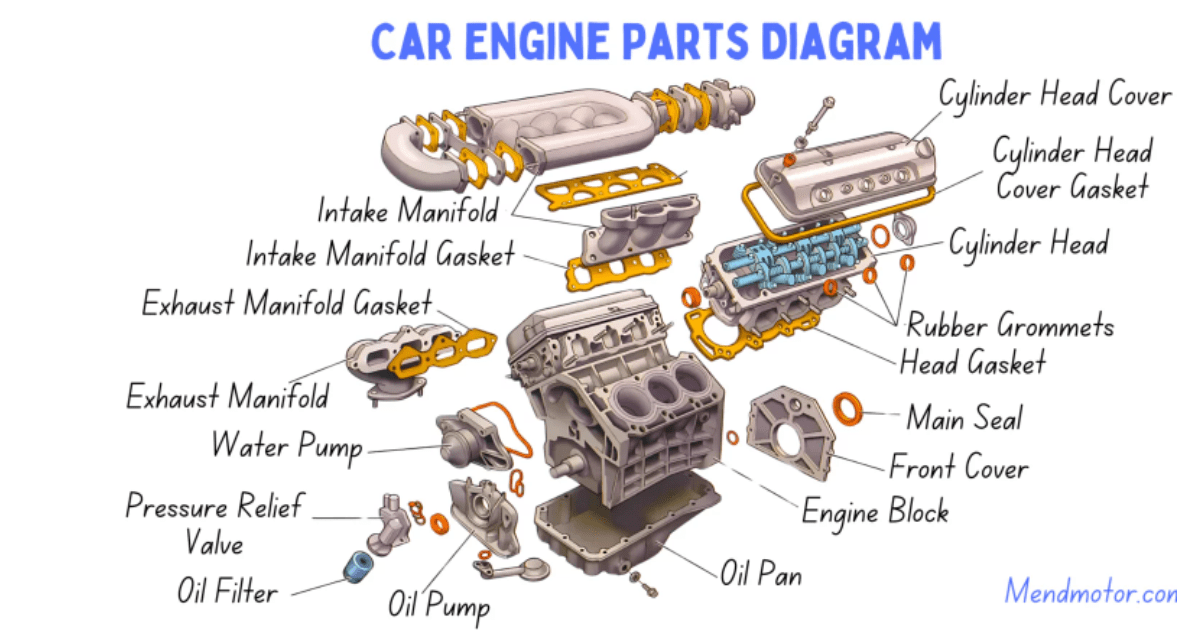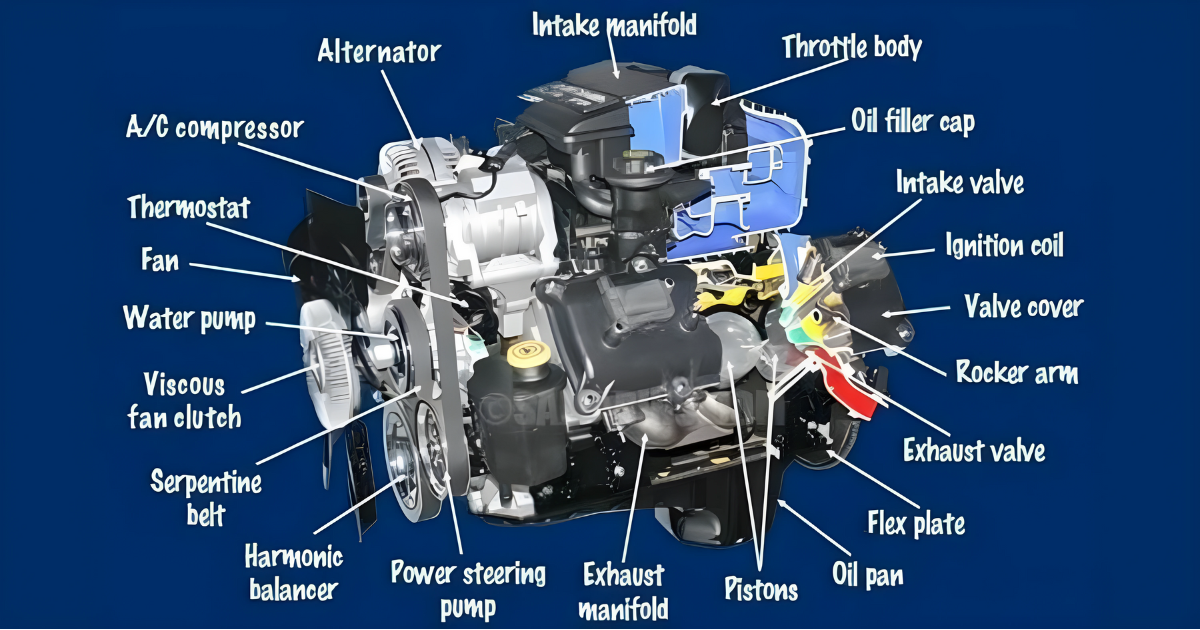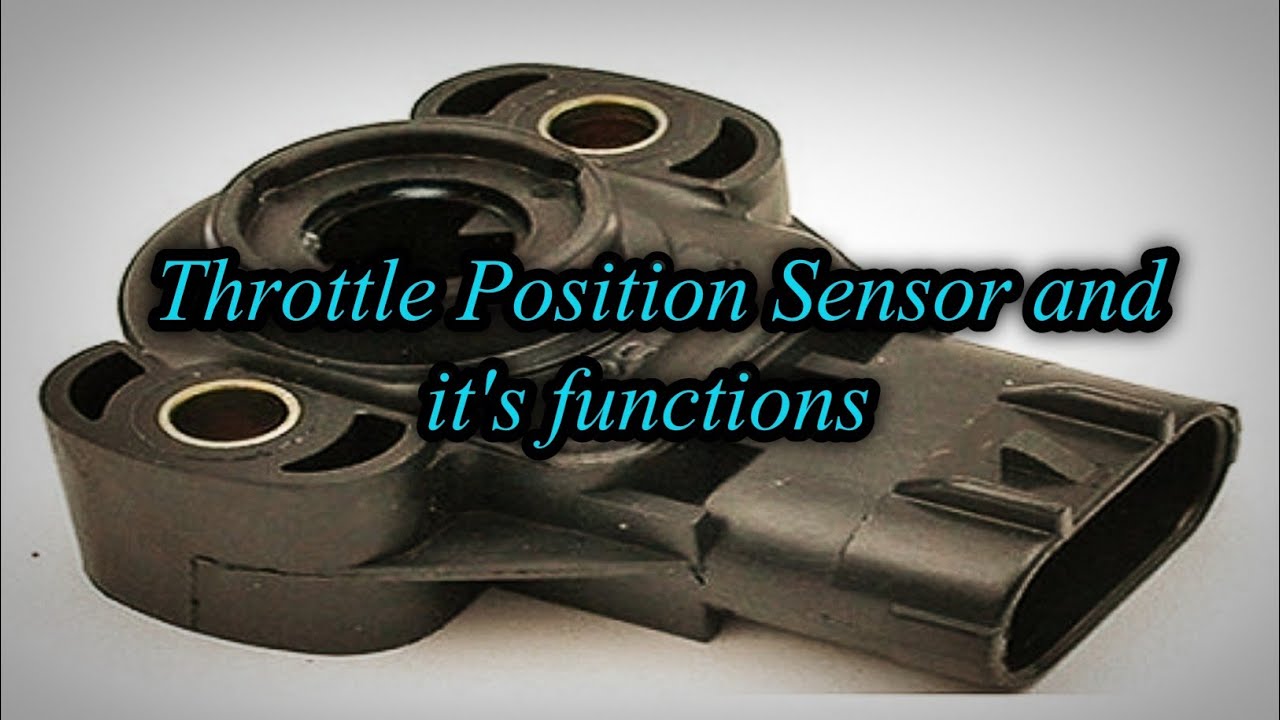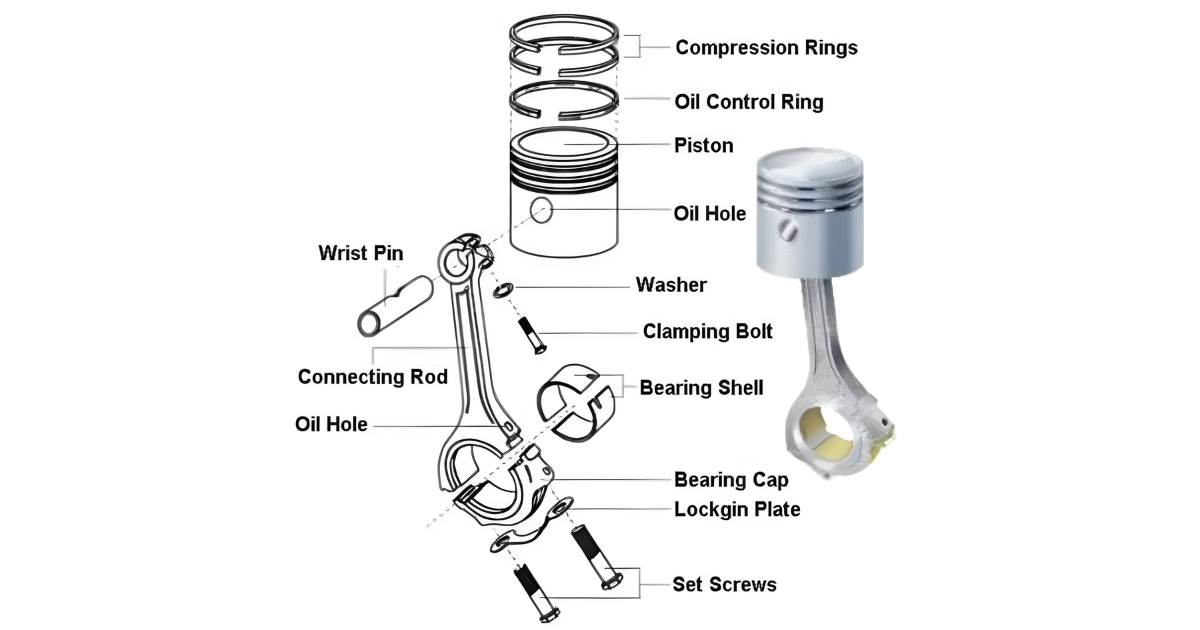Have you ever thought about what the parts of an engine are while you’re checking or changing the oil? Each car’s engine is made up of different parts that work together to make power. The power is sent to the gearbox, which moves the car.
An engine in a car is a highly refined piece of tech that can go hundreds of thousands of miles.
Let’s pull back the curtain and take a look at the different parts that make up an engine. I will also explain how they work and give a short summary of each part.
Important Engine Parts: What They Are and How They Work
Here is a list of engine parts along with short accounts of what they do.
Cylinder Block for Engine
Inside a car, the engine block is the most important part. It keeps the cylinders in place. In the engine block, all of the important things that an engine does happen, like intake, compression, combustion, and output. The engine block’s main job is to hold the piston and fuel.
The cylinders are made from cast steel or iron so that they can handle the high pressure and warmth that come from burning the fuel. The cylinder block of the engine has a high compression strength.
Cylinder Head
What is a cylinder head? This is a question that many car buyers have. A cylinder head is the end cover or body of an engine that uses fuel. In place on top of the engine block. It holds important parts like the lifters, springs, and the entrance and exhaust valves. It also has more moving parts than any other part of the engine.
There are holes in the cylinder head that let fuel and air flow inside the cylinder. These ways through are called tracts or ports. A metal or paper head gasket is put between the cylinder head and the engine block by the maker to make sure there are no leaks.
Crankshaft
The crankshaft is the most important part of an internal combustion engine. This part helps turn the piston’s movement from straight forward to backward spin. The crankshaft shouldn’t wear out easily, and it shouldn’t be worn down to the point where the engine stops working.
A flywheel is attached to the back end of the engine as shown. The engine sends power to the gearbox through the flywheel. The gearbox then moves the car.
Camshaft
The camshaft is also an important part of the engine, just like the crankshaft. It is one of the most important technical parts of internal combustion engines (ICE). The camshaft’s main job is to time the opening and closing of the exhaust and intake valves. It is linked to the crankshaft by a timing chain or belt.
Wheel
The piston is a part of an internal combustion engine that moves back and forth. It closes the combustion chamber and turns the power released during combustion into mechanical work. It also does other important jobs. This is a very important part that compresses the combination of air and fuel as it moves upward, which is where the mixture of air and fuel ignites
Ring of Pins
Piston rings are very important parts of an engine because they fit into the pistons and keep the combustion area leak-free. These rings also move heat away from the pistons and into the wall of the cylinder, which is already cool. The holes on the pistons let heat flow into the cylinder walls, where the coolant in the engine will help keep it cool. The picture of the car engine parts will help you see them better.
Engine Parts Valve
The valves for the engine are in the cylinder head. They are very important to the engine. Their main job is to let air come and go. The air in the barrel helps the fuel catch fire.
The pistons won’t move if there is no fuel spark, so the car won’t start. The inflow valve and the exhaust valve are the two kinds of valves.
Timing Chain
The timing chain’s main job is to make sure that parts move in a straight line with the engine. The timing chain links the camshafts to the crankshafts. It is on the top of the engine.
There are lobes all along its length. When the camshaft turns, the lobes help the valves open and close. With this method, both air and fuel can enter the burning chamber at the same time. Instead of a timing chain, some cars use timing belts. The speed belt and chain both do the same thing.
Oil Pump
A very important part of both small cars and heavy-duty trucks is the oil pump. The oil pump keeps the oil under pressure and sends it to the camshaft, sliding pistons, and spinning bearings. It helps keep the engine parts cool and lubricated.
Oil Sump
A lot of the time, the oil tank is called that. The engine oil is kept in the oil tank. The oil pump pulls motor oil from the pit and moves it to lubricate other parts of the engine. From the lubrication points, the oil goes back to the oil tank.
Filter for engine oil
If you use engine oil, contaminants and other bits that build up over time can get caught in an oil filter. Without an engine oil filter, metal bits, other particles, and other contaminants will get into the motor oil and speed up the wear on the internal engine parts. An oil filter is part of every internal combustion engine. They are different shapes and sizes.
Engine Turbocharger
The turbocharger’s main job is to squeeze more air into the cylinders. Manufacturers of cars make turbochargers to help engines run better and use less gas. Instead of turbochargers, some cars have superchargers. Two types of turbochargers are not very different from each other.
The exhaust manifold
The exhaust manifold’s job is to take the waste gases from the combustion chamber and send them into the air through the exhaust pipe. As you might guess, the exhaust manifold is like a funnel that collects pollution. A pipe for the exhaust can be made of cast iron or stainless steel.
Inlet Manifold
It is the opposite of the exhaust manifold to have an intake manifold. Exhaust gas from the cylinders is blown through the exhaust pipe by the exhaust manifold. On the other hand, the intake manifold brings a mix of air and fuel to the cylinder. The main job of this device is to properly send the mixture of air and fuel to the intake ports.
Fuel injector
A big part of an internal combustion engine is the carburetor. Its main job is to mix fuel and air in an internal combustion engine in a certain way. It makes sure that the right amount of fuel and air is mixed. Older cars, on the other hand, have carburetors.
The Throttle Body
To get air into the engine, there is a throttle body. You can change how much air goes into the engine with this. They can only be used in engines that feed fuel. The throttle body opens when the driver steps on the gas pedal, letting more air into the engine. The engine speed will go up because of this.
Radiator Fan
The engine fan in the radiator is meant to move air around the engine bay, which cools the radiator. The radiator fan is very important for keeping the engine at the right temperature and making sure the cooling systems work right.
A radiator
The radiator moves heat around. A mix of antifreeze and water is used in this important part of the cooling system to keep the engine at a normal working temperature. It brings cool water to the engine and takes hot coolant away from the engine. The hot liquid is then cooled down before being sent back to the engine.
Thermostat
The thermostat is an important part of the cooling system because it controls the temperature of the engine. The engine doesn’t get too hot or too cold because of this. When you turn on your car, the thermostat stays closed, so water can’t get to the engine. If the engine gets to the right temperature, the valve opens and water can flow into the engine.
Injector for fuel
The fuel injector is a key part of the fuel supply system. The fuel pump sends fuel to the fuel nozzles. When it’s done, it turns the fuel into tiny particles and injects them into each cylinder. On the other hand, the car computer tells it when and how to change the fuel pressure it sends to each cylinder.
The Different Kinds of Sensors
Especially in later cars, every engine has a number of sensors. And each of these monitors does a different job. These are some of the most important devices in car engines:
- The MAP sensor is a manifold absolute pressure monitor.
- Sensor for barometric pressure
- Sensor for oxygen
- Temperature monitor for coolant
- Sensor for crank position
- Sensor for engine speed
- Spark Plug
A flywheel
I already said that the engine sends power to the gearbox. It is the flywheel’s job to send and receive power between the engine and the gearbox. It also saves mechanical energy to keep the engine balanced, which makes it work well.
Turbo Intercooler
The turbo intercooler is a device for bringing cool air into the engine. It’s mostly found on engines that are boosted or turbocharged. The turbo intercooler’s main job is to cool down the air that is squished together by the turbo or blower.
Fuel injection pump
In diesel engines, the fuel injection pump is an important part of the fuel delivery system. In a diesel engine, the fuel injection pump’s job is to send fuel to each cylinder. But the way the diesel is delivered changes how well the engine works, how loud it is, and how much pollution it makes.




